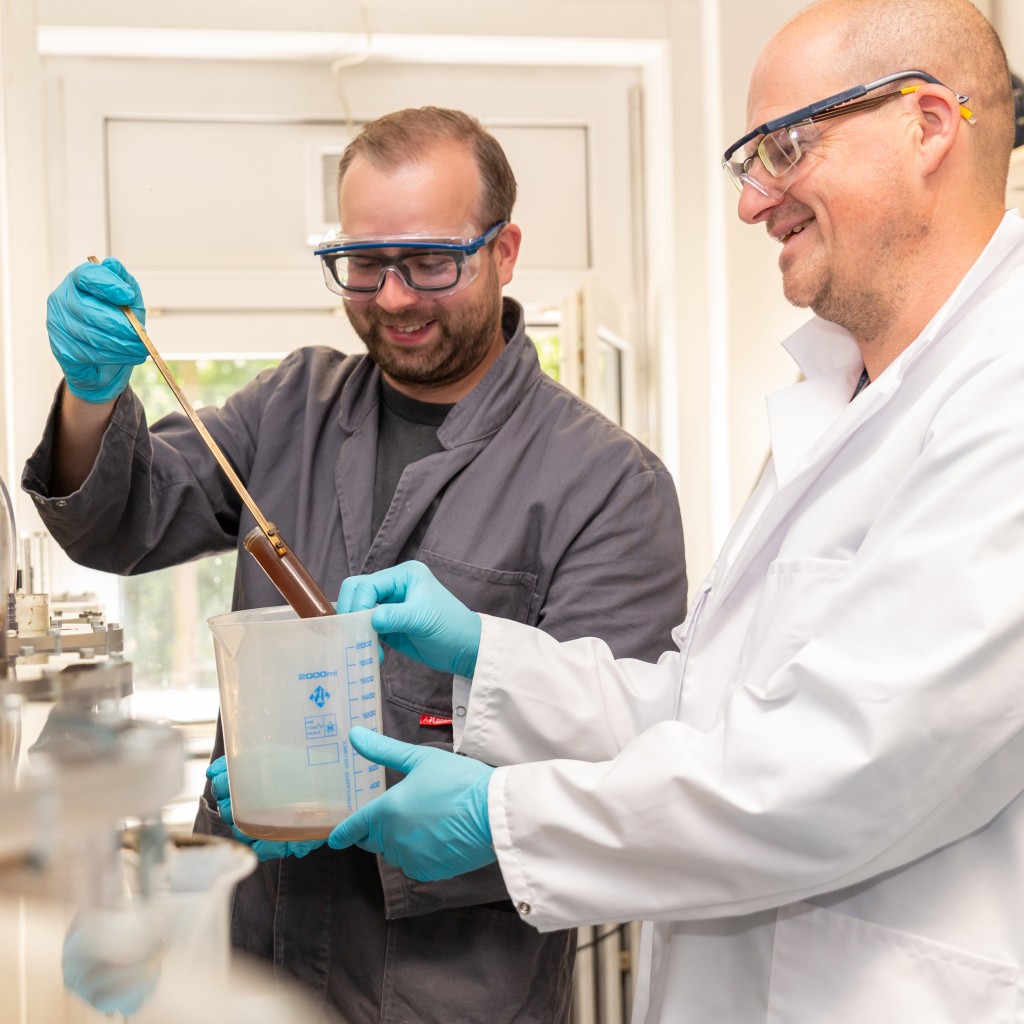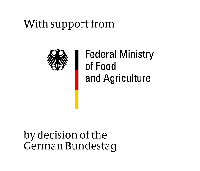The sainfoin is a real multi-talent. One of her many abilities: In cattle, the plant acts like a bittersweet. Since its high tannin content stops the formation of foam in the rumen, it is good for digestion. Researchers at Ostfalia now want to find out: Is sainfoin also the solution for over-foaming biogas plants?
Uncontrollable foaming is a big problem in biogas production plants: it interferes with production, reducing yields. And the vexatious foam is difficult to fight – unless the sainfoin works according to the same principle as in the cow’s stomach. Ostfalia is investigating how much their use in biogas production pays off. Research partners are the Institute of Crop and Soil Science of the Julius Kühn Institute (JKI) Federal Research Centre for Cultivated Plants and the Leibniz Institute of Plant Genetics and Crop Plant Research.
If the sainfoin also has a positive effect in biogas plants, the pink plant could soon make a big appearance in native fields. As in the past, when it was an important forage crop for farm animals.
Many people could profit from its return to the agricultural landscape. The biogas industry, because they could attain better results by using sainfoin; and agriculture, because sainfoin expands crop rotation in the long run and increases biological diversity. Our environment would also gain something: Sainfoin is a major plus for a bee’s daily diet.
The sainfoin project runs until the end of 2019. It is funded by the Federal Ministry for Food and Agriculture.

Prof. Ahrens talks about the Esparsette-project
Prof. Dr. Thorsten Ahrens, Head of the Laboratory of Bioprocess Engineering at the Faculty of Supply Engineering at Ostfalia:
"We are investigating whether the use of the sainfoin can stabilise the process of biogas production. Our project is important, because we want to create not only an economic but also an ecological benefit: the return of the sainfoin would enrich the world of plants."
Dr. Torsten Thünen, Institute of Crop and Soil Science of the Julius Kühn Institute:
"Our aim is to bring sainfoin and its many valuable properties much more firmly to the forefront of agricultural use. Seed breeding and variety development, cultivation and harvest of the sainfoin, biomass production and use: our project has many facets."

